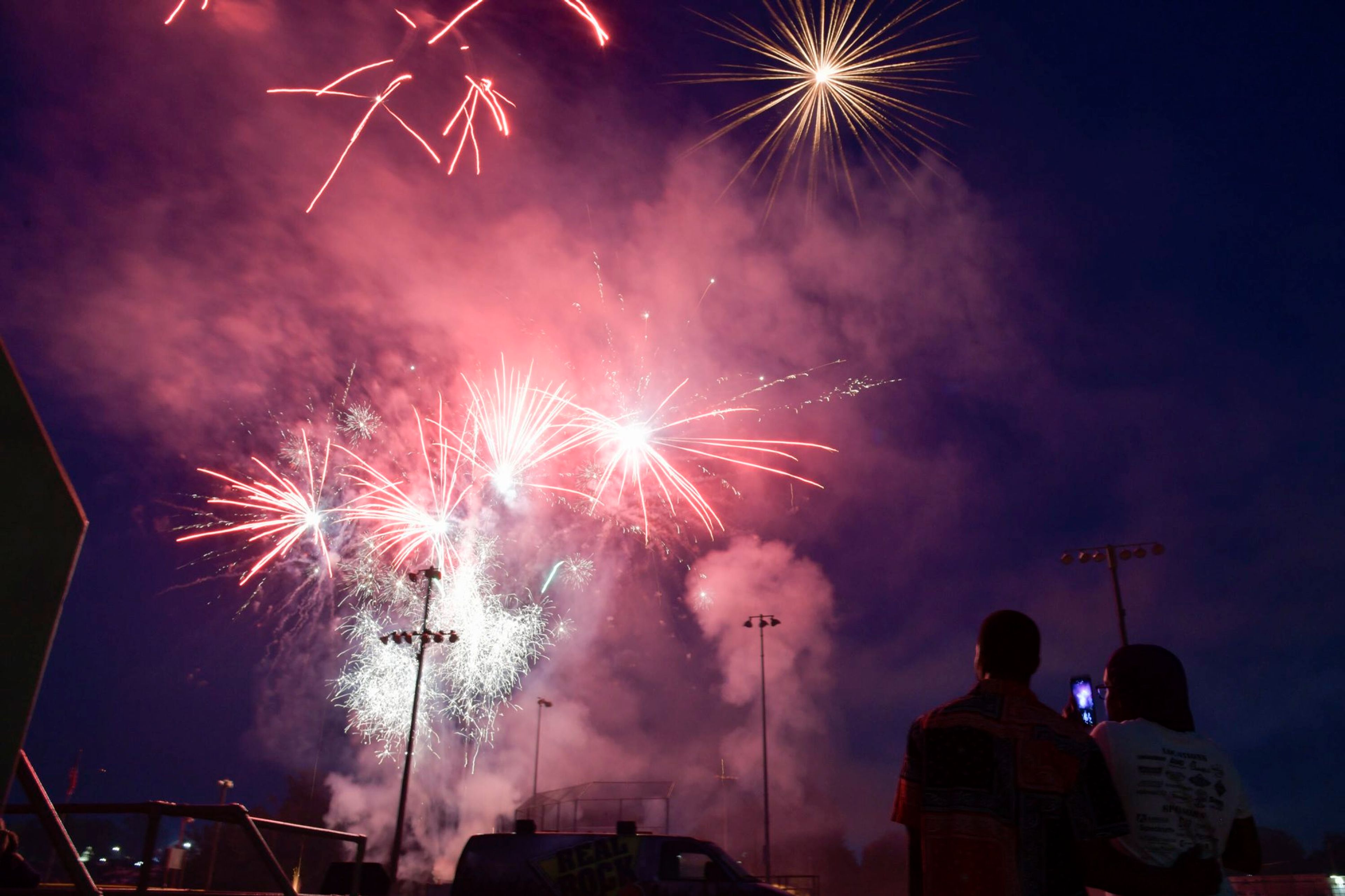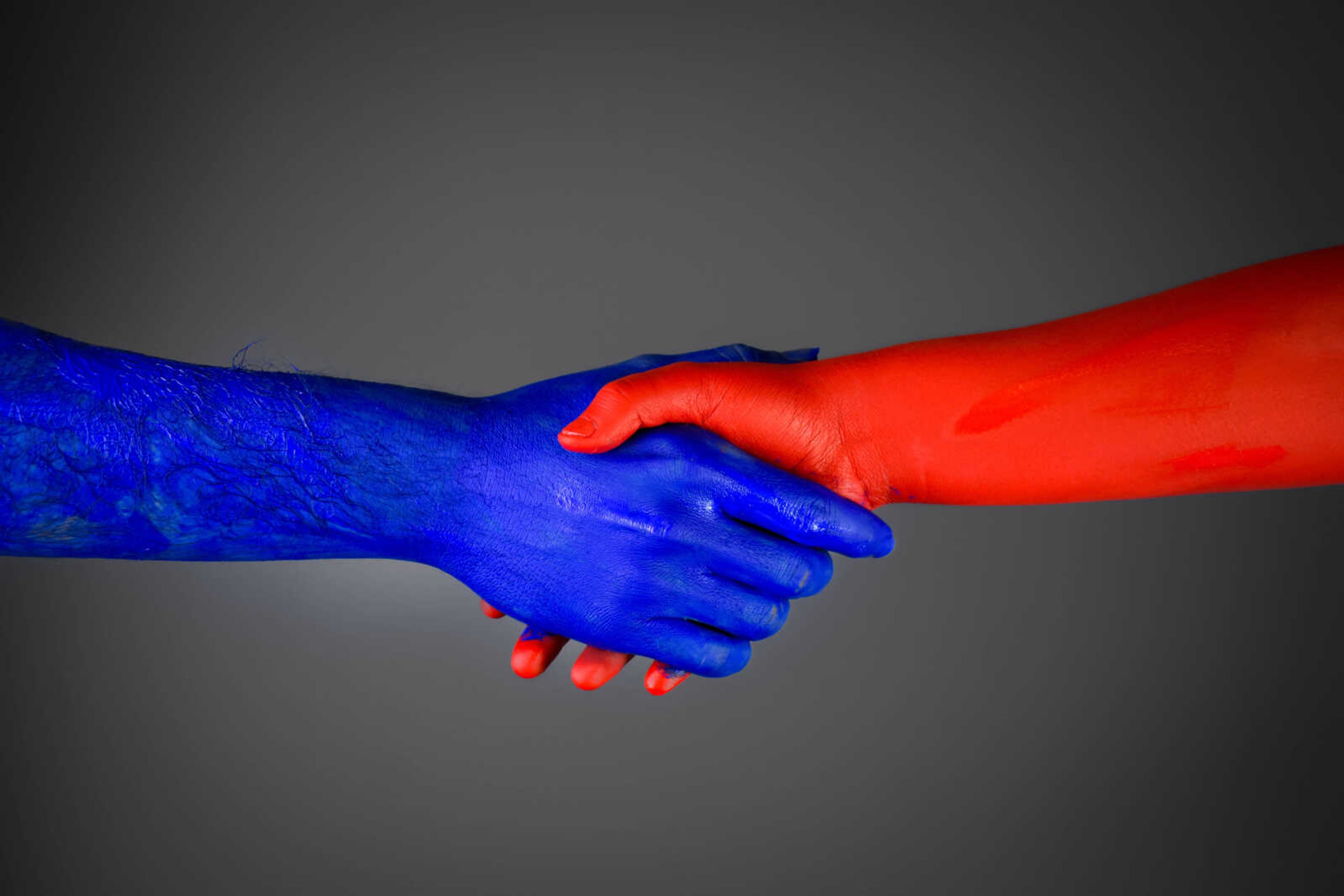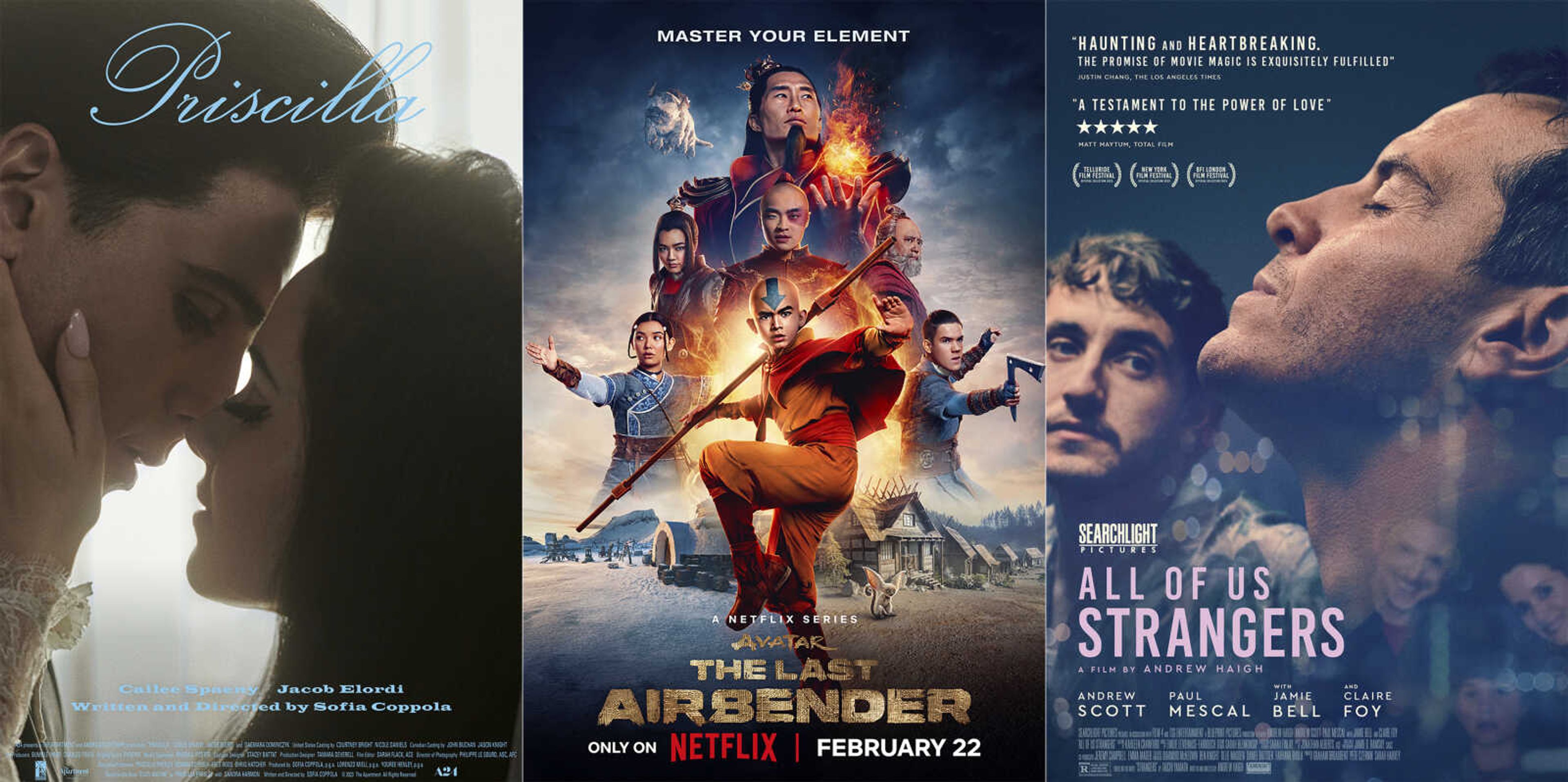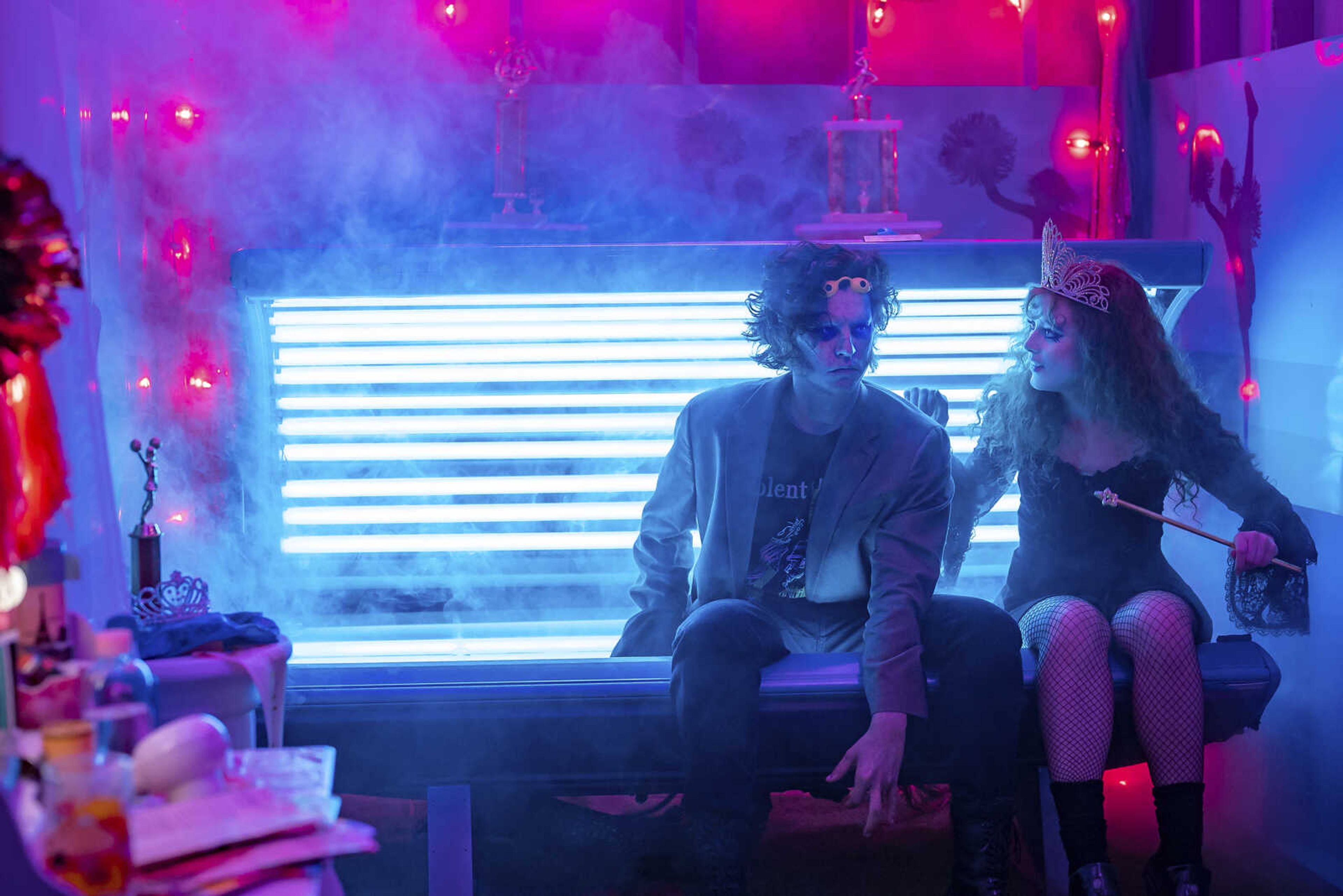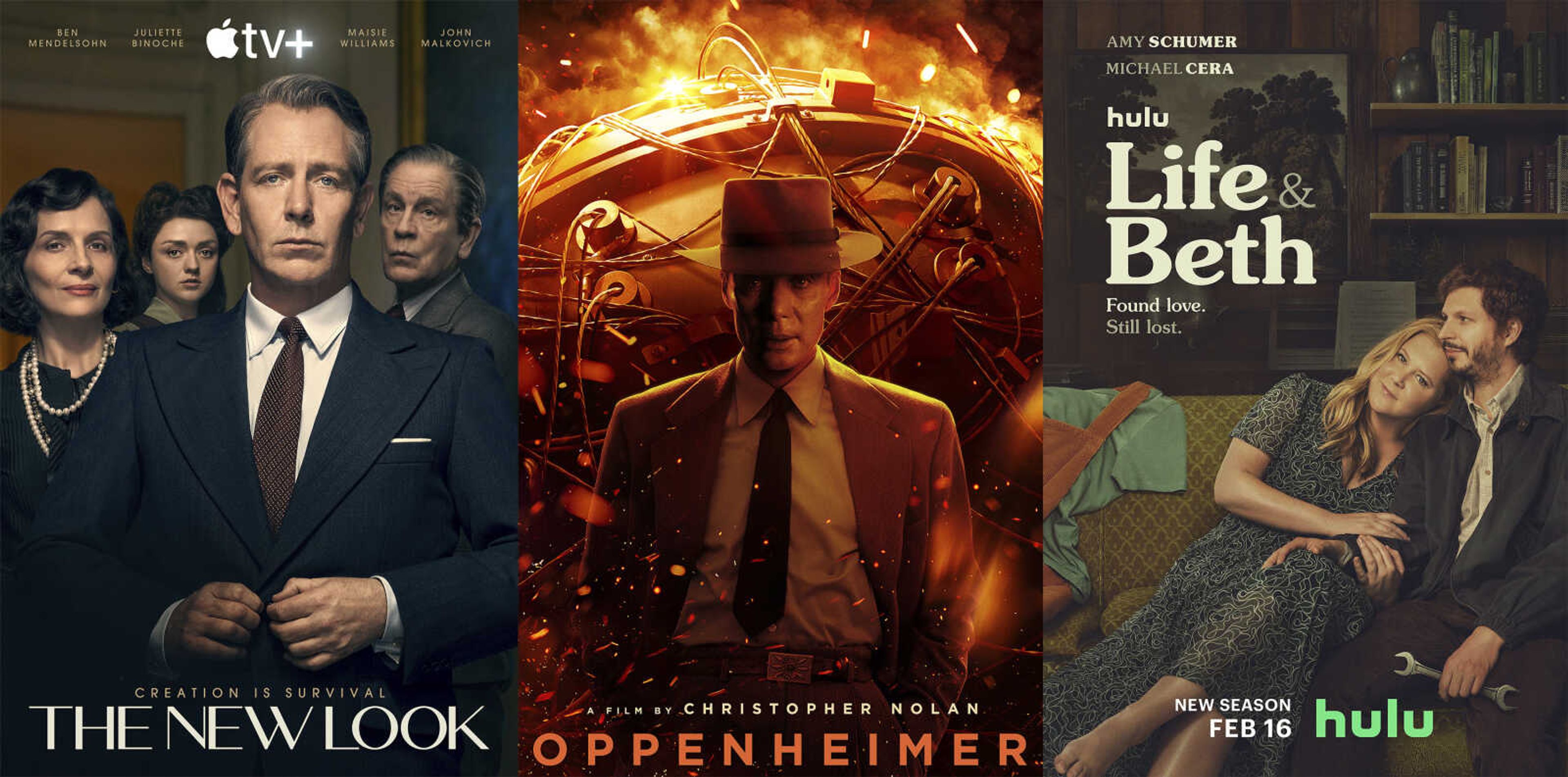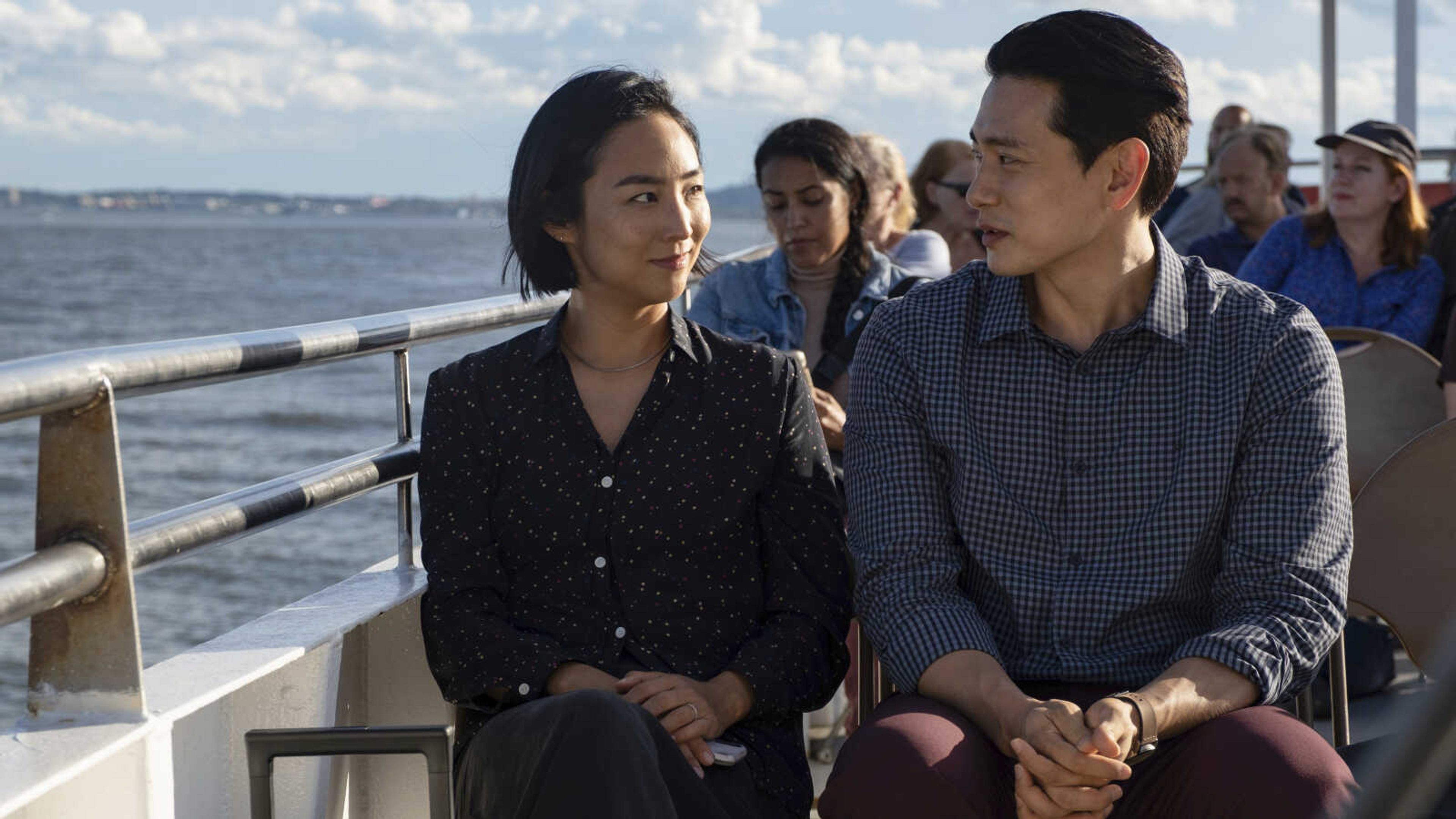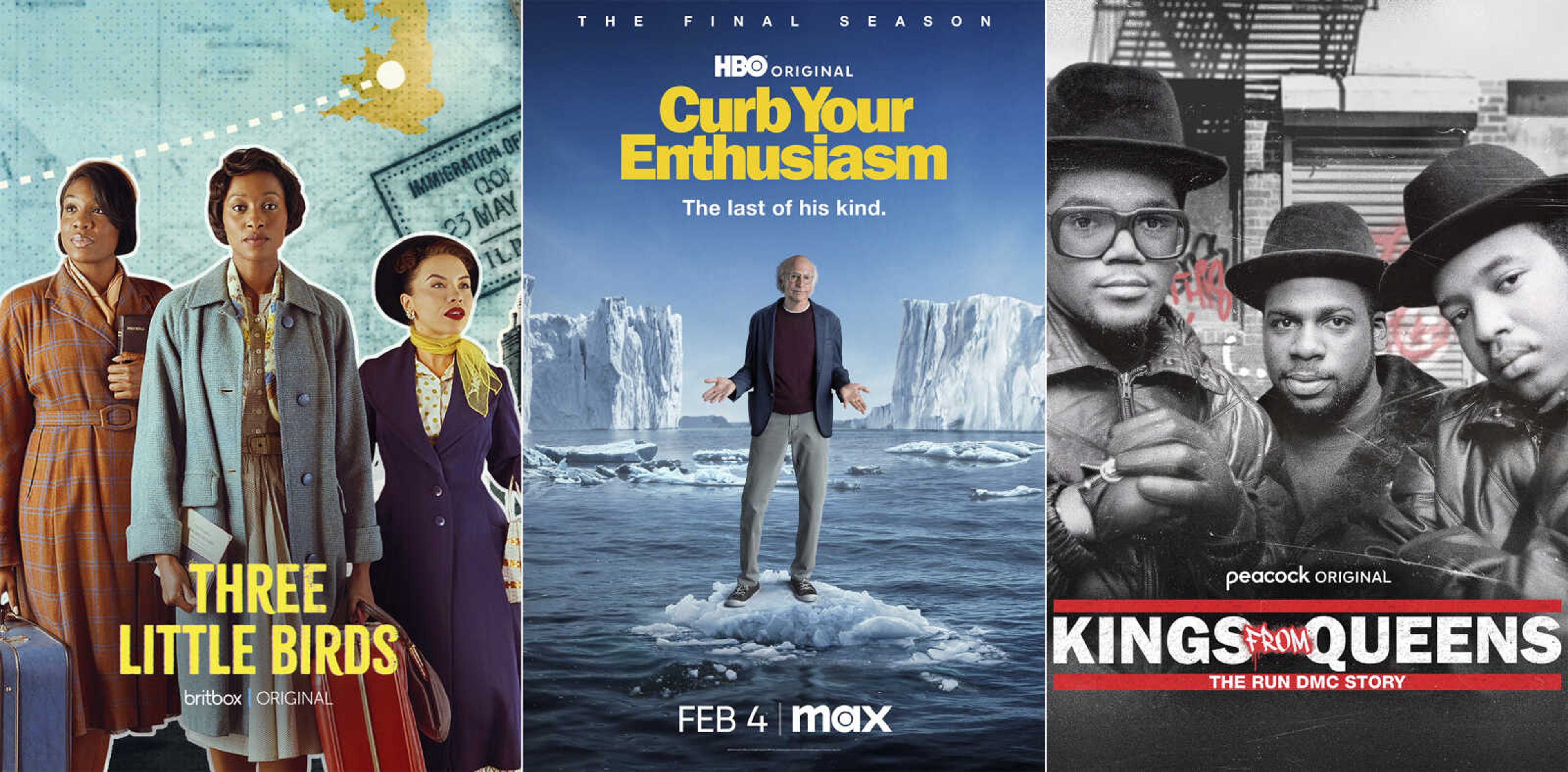Movie vs. book review - 'The Two Towers'
by Jim Obert It was a year ago that I reviewed "The Fellowship of the Ring," the first of three movies based on J.R.R. Tolkien's legendary trilogy "The Lord of the Rings." At the beginning of that review, I stated my credentials: I am a hard core Middle-earther who read the books seven or nine times while in college at SIU in the early 1970s...
by Jim Obert
It was a year ago that I reviewed "The Fellowship of the Ring," the first of three movies based on J.R.R. Tolkien's legendary trilogy "The Lord of the Rings." At the beginning of that review, I stated my credentials: I am a hard core Middle-earther who read the books seven or nine times while in college at SIU in the early 1970s.
As with the first book, I re-read "The Two Towers" prior to seeing the movie. And as with the first movie, I had trouble with the second installment for many of the same reasons - time elements out of place, too much or not enough attention given to certain characters, creating creatures that were not in the books, creating a romance between Aragorn and Arwen when there was none, going overboard in the depiction of the Orcs. ...
But "The Two Towers" is a rousing tale. It runs at a crisp pace. Great special effects. Some of the more important dialogue is straight from the book. Some of the scenes are just as I saw them in my mind's eye as I read the yellowed pages of my well-worn 1967 copy. The enormous battle of Helm's Deep was loyal to the book.
Gollum was well done, except for one thing - he had blue eyes in the movie. He has yellow eyes in the book.
When Treebeard and the other Ents overthrew Saruman, Gandalf, Aragorn, Legolas and Gimli were not there - they were at Helm's Deep. In the book, the good guys, after winning the battle of Helm's Deep, ventured north to the tower of Orthanc where Gandalf broke the staff of Saruman and cast him from the Wizard's Council. This is important to the story - but it was neglected by the movie.
Also, Wormtongue, sinister counselor to King Theoden of Rohan, was kicked out of Rohan by Gandalf, and Wormtongue sought refuge with Saruman in Orthanc. In the book, when Gandalf broke Saruman's staff, Wormtongue threw down from the tower a "palantir," which Saruman used to communicate with Sauron. The movie completely skips this.
In both movies I have been disappointed that the swords the good guys wield are not given their just due. In the books, the swords are honored and have names and glorious histories. They shine gold, blue or red when unsheathed. They "sing" when they go into battle - and enemies flee before them. In both movies, the enemies just get chopped up by pieces of metal that have no aura of valor, no mystique.
And Shadowfax - in the books the great silver horse runs so fast that his hooves don't touch the ground. He is a whisper in the night under the gleaming stars. He runs faster than the midnight wind and sometimes leaves a trail of sparks. Movie - just a white horse that runs like a regular horse. The director should have used some kind of speed-up animation in the scenes where Gandalf rides Shadowfax, because the thrill - the chills up the spine - was missing.
Now, this was a very enjoyable movie, but the director took too many liberties. The biggest bullcrap is when he has Faramir, little bro' of Boromir (who was killed by Orcs in the first book/movie) take Frodo, Sam and Gollum, whom he finds near the Black Gate of Mordor, to Minas Tirith in Gondor - where a Nazgul attacks and the great battle of Gondor begins! This is big-time BS. In the book, Faramir discovers the trio near Mordor and lets them go on their way - to the secret pass of Cirith Ungol, led by Gollum. That's where Gollum betrays Frodo and Sam to Shelob - the ageless piece of malice in the corrupt form of a huge, bloated spider. The fact is the great battle of Gondor occurs in the third book of the trilogy: "The Return of the King."
Yes, we have some chronology problems here, and the director sacrifices some of the charm and chivalry of the book for a modern action-packed movie. But all in all, "The Two Towers" is a good ride.
Connect with the Southeast Missourian Newsroom:
For corrections to this story or other insights for the editor, click here. To submit a letter to the editor, click here. To learn about the Southeast Missourian’s AI Policy, click here.


